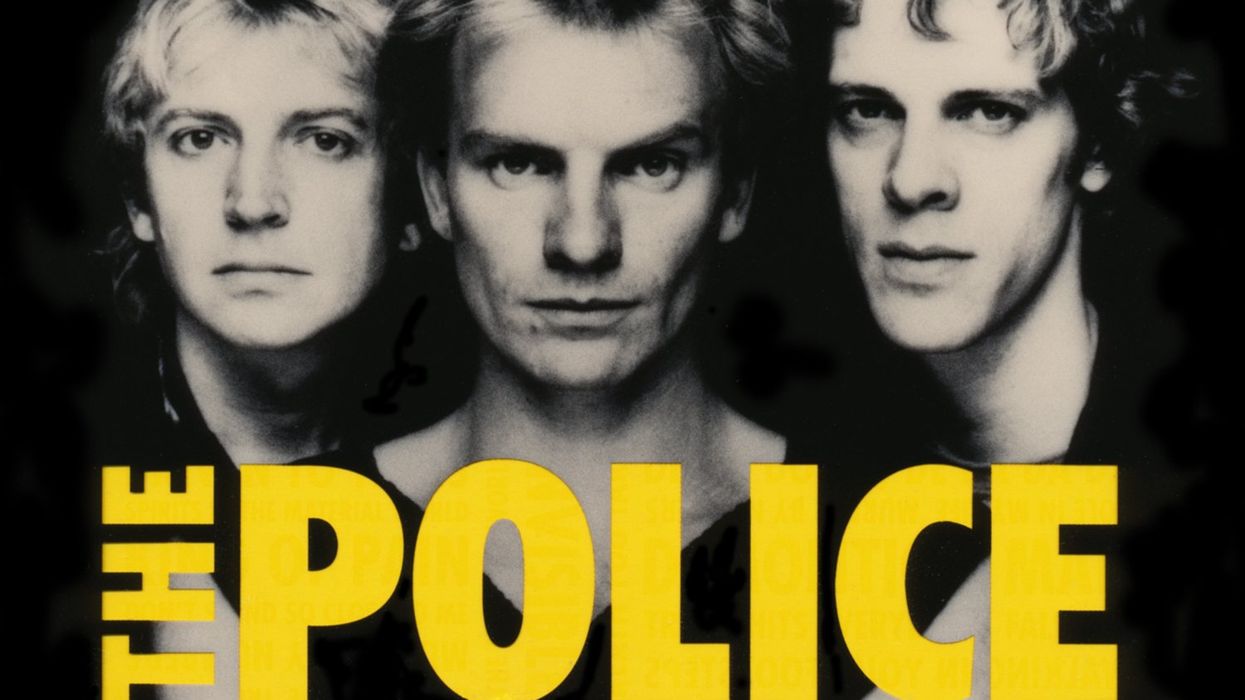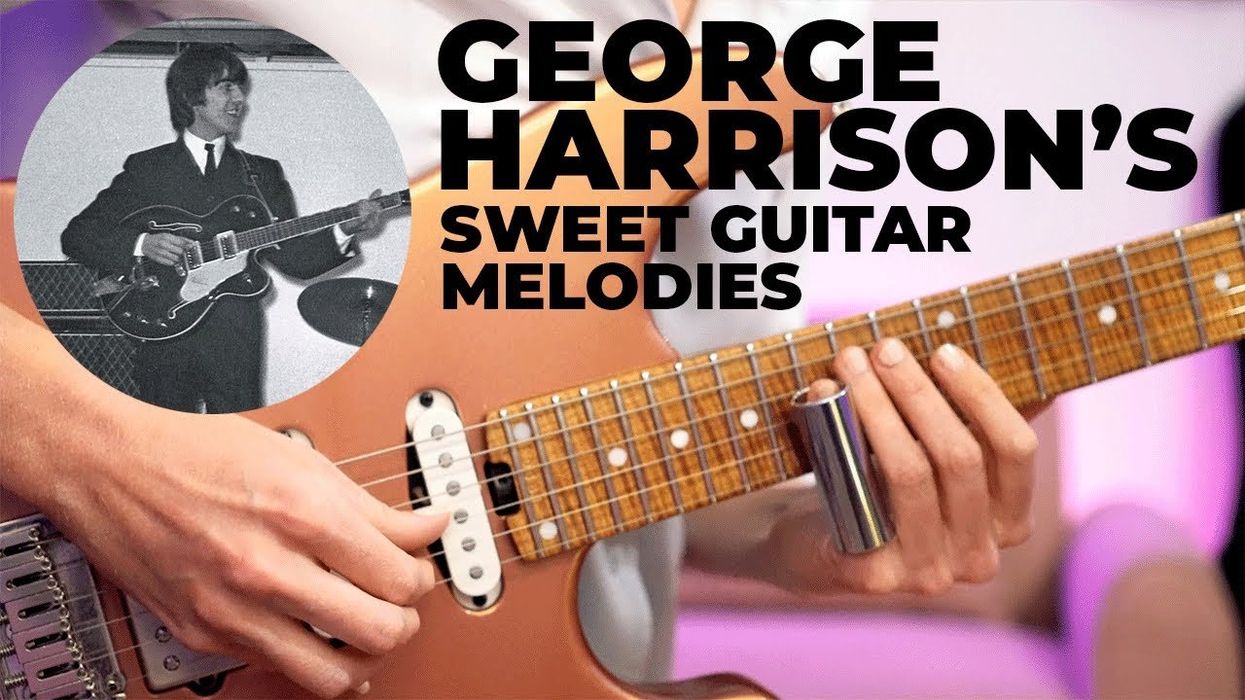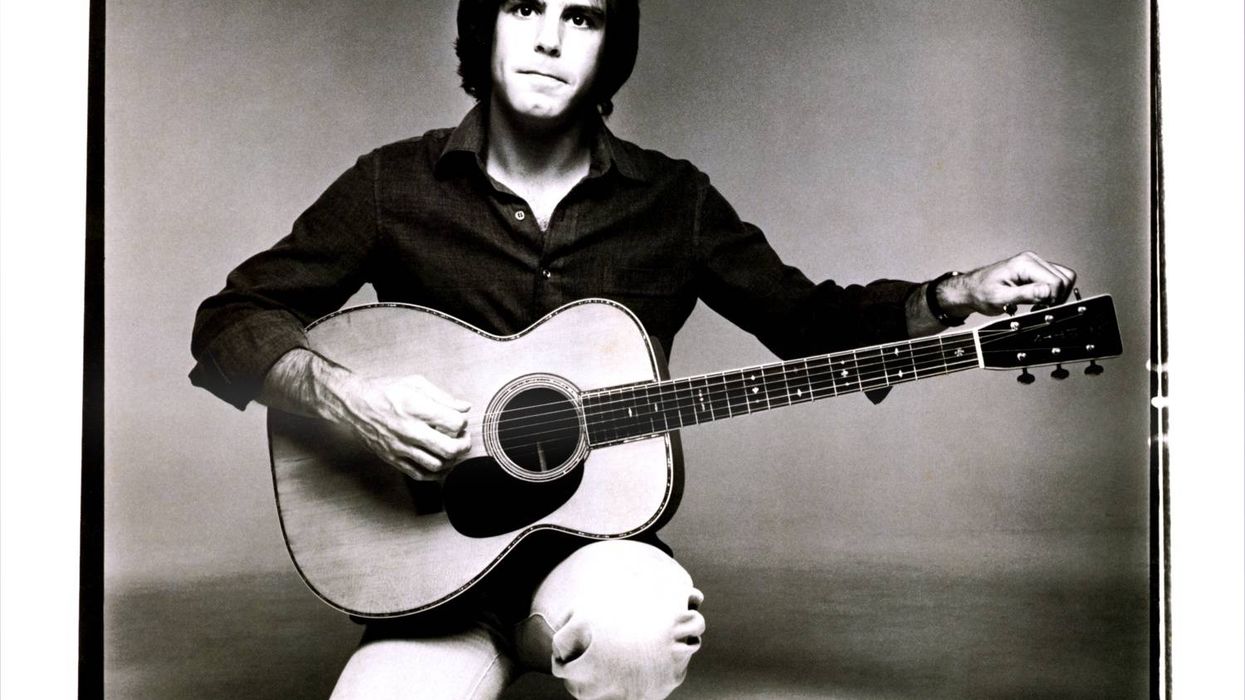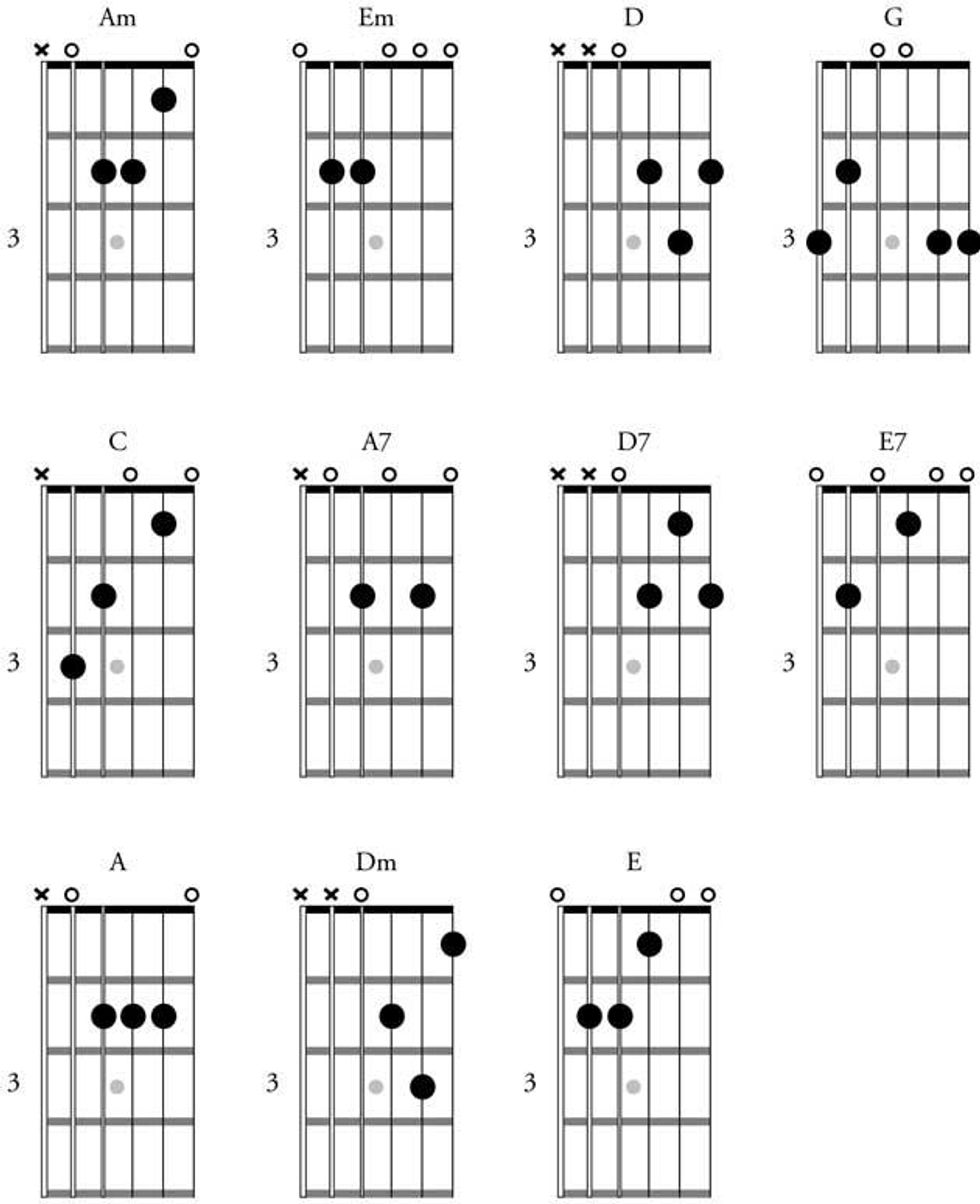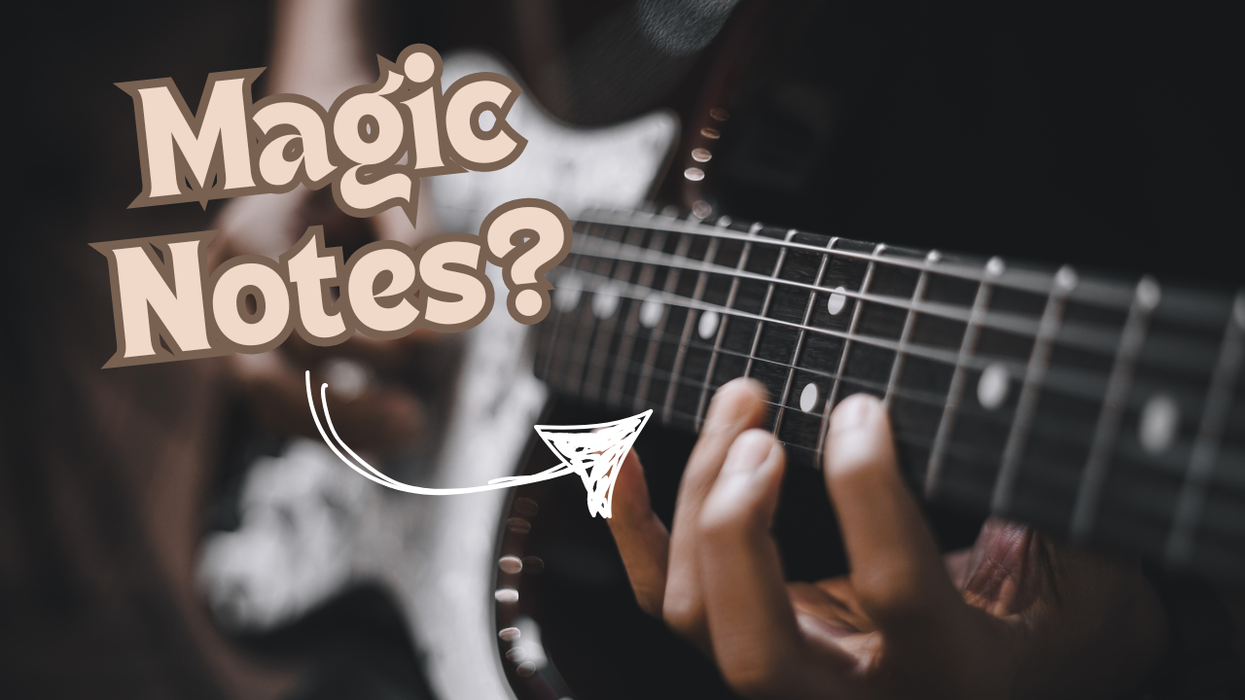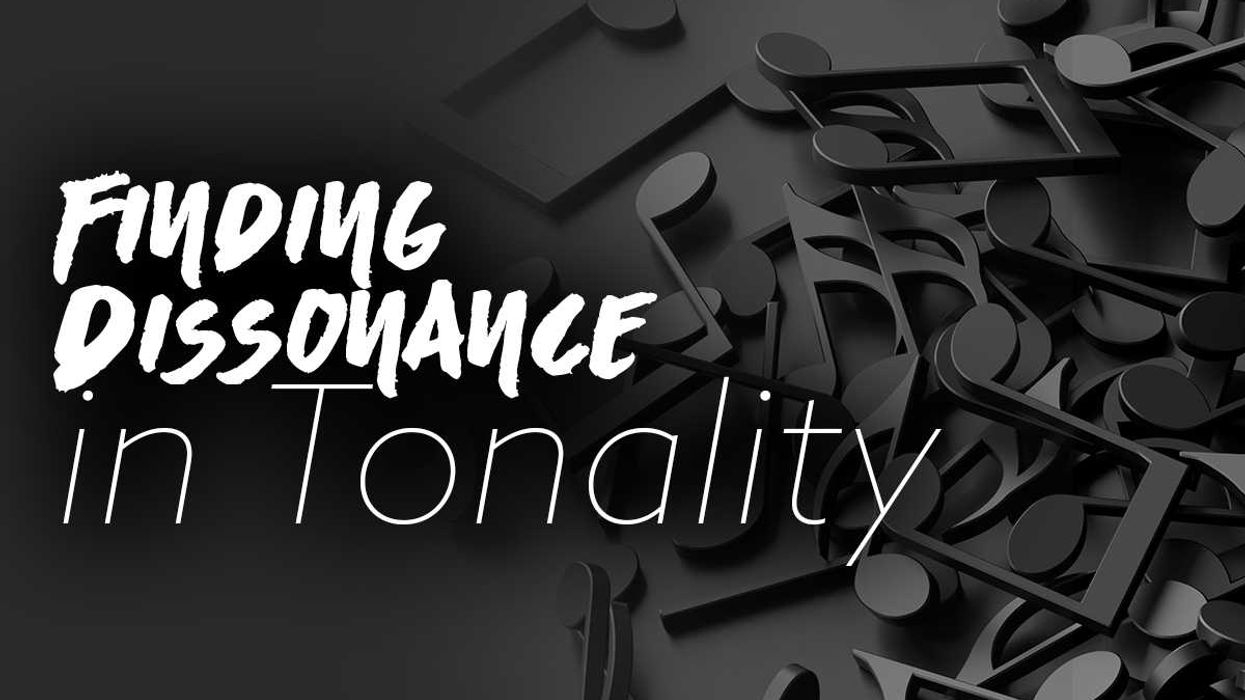Chops: Intermediate
Theory: Beginner
Lesson Overview:
• Discover how repetitive licks can increase drama and tension in your solos.
• Develop a better understanding of how to use the pentatonic scale in various keys.
• Impress your friends with a mastery of classic rock clichés.
Click here to download a printable PDF of this lesson's notation.
Love it or hate it, “Freebird,” the legendary opus by Southern rockers Lynyrd Skynyrd, has become a symbol for all that is good (or bad) about rock ’n’ roll. When that one person shouts the title at a solo acoustic concert it produces both scattered giggles and sighing chagrin, but rarely is the music discussed for what it truly is—a song about love, loss, regret, and hope with a strong melody and an all-time great solo that tests the physical endurance of any guitarist.
I’m not here to debate the merits or shortcomings of this classic-rock staple. I’m here to prove that everything you need to know about rock guitar soloing can be found starting at the song’s 4:55 mark.
The first thing to be aware of, but not necessarily work on, is the sheer physical endurance required to play the solo in its entirety. Ultimately, the four-minute solo consists primarily of short licks (motifs, phrases, call them what you will) repeated to the point of physical exhaustion. Though playing guitar requires stamina, developing it is not the goal of this particular lesson. What really makes “Freebird” worth investigating is the adaptable nature of the licks—you can play them over almost any chord progression, in any rock subgenre, at any tempo, in any key, at any given time.
Let’s face it: There’s not one original idea in the solo. Every one of the licks can be found in recorded solos from as far back as the early 1940s and blues guitarist T-Bone Walker! What makes “Freebird” special is that it collects all these great licks in one place.
Here are a few ideas to bear in mind as you work through this material.
Practice slowly. There’s not one phrase here that’s difficult to play slowly, though some of the bends might give beginners blisters, but you want the rhythms to be correct, the bends to be precise, and the slurs to be clean and strong. Trust me, speed will come with time, and precision comes from taking your time.
Practice both clean and distorted. Playing with a clean tone will show you how these licks work in country and pop songs. Distortion will point out any extraneous noise coming from poor technique.
Play the licks in different keys. That’s simple: They’re all moveable, so just work them up and down the neck. Though the original song is in the key of G, I’ve transcribed the solo in E because it’s such a common guitar key.
Two keys from one scale. Nearly all the licks derive from the E minor pentatonic scale (E–G–A–B–D). But with one simple shift, the same notes can also form G major pentatonic (G–A–B–D–E), which means all these licks can be played in both major and minor keys.
Okay, let’s get down to business. Here are the licks in the order (more or less) they appear in the solo.
In Ex. 1 we’re basically playing a variation of a double-stop with the 3rd finger handling the bends on the 2nd string while the 4th finger holds down G on the 1st string.
Click here for Ex. 1
A seemingly simple phrase, Ex. 2 actually incorporates three different ideas: a bend, a release, and a pull-off.
Click here for Ex. 2
Behold one of the most important licks in all of rock guitar! If you can’t see and hear where Ex. 3 fits in the lineage of rock, you should learn more solos.
Click here for Ex. 3
Ex. 4 is a great example of how to combine picking and slurring. Here’s the trick: Because the phrase is six notes long, it takes a few repetitions of the chord progression for everything to line back up again. Each time you play the E on the 4th string, the pattern repeats. If that seems confusing, don’t worry about it, just play the lick and notice how the phrase seems to subtly shift over the chord progression.
Click here for Ex. 4
In Ex. 5, we move the same pattern from Ex. 1 across the strings and vary the rhythm a bit.
Click here for Ex. 5
Another phrase that requires a few laps around the progression to complete, Ex. 6 combines eighth-notes with some 16th-note flourishes and includes string skipping.
Click here for Ex. 6
We add an F# (the 9) to our pentatonic scale for Ex. 7. Here’s yet another one that shifts the starting point each time the phrase repeats.
Click here for Ex. 7
Consisting of a zippy recurring four-note phrase that stays melodically and rhythmically static as the harmony changes below it, Ex. 8 will test your fretting-hand endurance.
Click here for Ex. 8
Our final lick (Ex. 9) is a three-note phrase that has a triplet feel. This is a difficult one to keep steady as it wants to speed up and slow down the more you repeat it. Let it do that! The original does too.
Click here for Ex. 9
And there you have it—everything you need to know about rock guitar soloing … but not really. Yes, I’ve sold you a bill of goods. There is of course much more that rock guitar solos can and should contain. But these essentials are the foundation—the meat and potatoes—of rock guitar, and they’ll never let you down.





